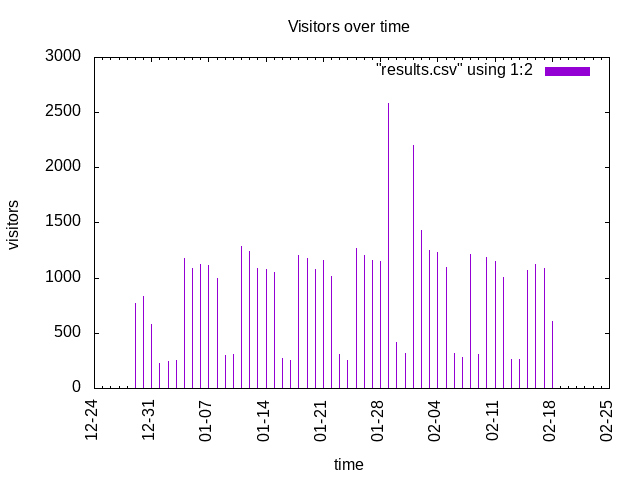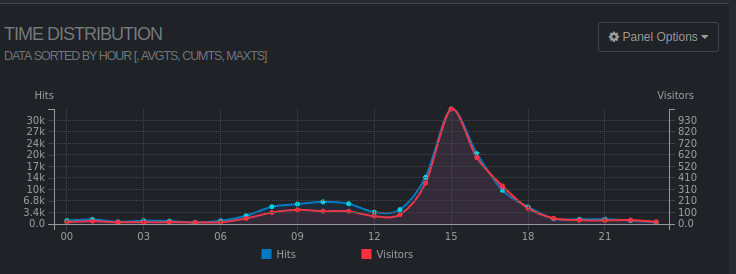install
sudo apt install wireshark -y
answer yes to allow wireshark execution question for non super user.
sudo usermod -aG wireshark $(whoami)
logout and login
Add src & destination port columns
right clock "column preferences" and add "source port" & "destination port"
sniff post request on a uri pattern
http.request.method == "POST" && http.request.uri contains login
Scan LAN
Let's use nmap to san lan and choose the @IP machine to listen. Here it's a RPI.
sudo nmap -sT -O 192.168.1.0/24
=>
Starting Nmap 7.60 ( https://nmap.org ) at 2021-02-17 10:09 CET
Nmap scan report for XYZ-eth0 (192.168.1.68)
Host is up (0.0030s latency).
Not shown: 994 closed ports
PORT STATE SERVICE
21/tcp open ftp
22/tcp open ssh
80/tcp open http
443/tcp open https
3000/tcp open ppp
5432/tcp open postgresql
MAC Address: B8:27:EB:39:1D:77 (Raspberry Pi Foundation)
Wireshark over ssh via sshdump
apt install -y tcpdump
Allow tcpdump execution for non superuser
sudo groupadd pcap
sudo usermod -a -G pcap $USER
sudo chgrp pcap /usr/sbin/tcpdump
sudo chmod 750 /usr/sbin/tcpdump
sudo setcap cap_net_raw,cap_net_admin=eip /usr/sbin/tcpdump
logout & login
check this command is running without error:
tcpdump -A port '(80 or 443)'
When this part is ok, we can now use wireshark to use tcp dump over ssh. This can be checked with an ssh command:
ssh XXX@192.168.1.68 "sudo tcpdump"
From the main menu, select ssh remote capture: sshdump
Fill in the windows
We can now capture packets.
Wireshark filters
http
ip.dst == 192.168.1.68
ip.src == 192.168.1.68
http.request.method == "POST"
http.request.method == "POST" && http.request.uri contains login
tcp.port==80
tcp.port==443


